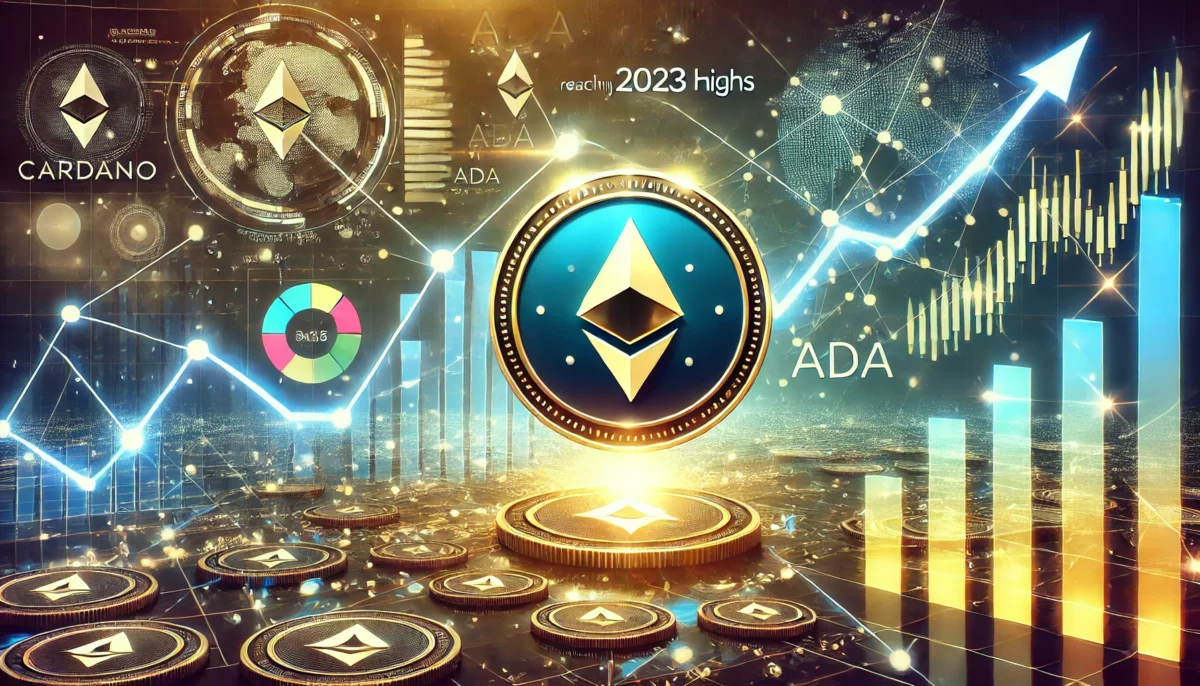Dusk CEO on regulatory compliance and upcoming mainnet launch — AMA Recap
Emanuele Francioni, founder and CEO of Dusk, a layer-1 blockchain protocol known for privacy and compliance, recently held an AMA with Cointelegraph. Dusk, which previously gained attention for its $5 million grant program , is unique in offering a “ Succinct Attestation ” consensus mechanism that facilitates the onchain issuance of regulated assets. During the AMA, he shared key insights about Dusk’s regulatory strategy, upcoming mainnet, and business developments.
Unlocking the future of regulated assets on blockchain: AMA with Dusk https://t.co/qtNmXSsOmc
— Cointelegraph (@Cointelegraph) September 18, 2024
[Brought to you by @DuskFoundation ]
Leveraging DLT for securities processing
One of the AMA’s highlights was the discussion on Dusk’s role in transforming the financial industry through distributed ledger technology (DLT) . The CEO explained how DLT, particularly under the new European regulatory framework introduced in 2023, offers major efficiency gains compared to central securities depositories (CSDs). In traditional markets, reconciliation between different systems is a costly and time-consuming process. Dusk eliminates this step by recording securities directly on its ledger.
“As soon as something happens on this system, it needs to be reconciled with other systems,” he explained. “And this is where 90% of all costs come from in the financial market.”
He pointed out that with Dusk’s infrastructure, transactions can be closed immediately, as opposed to the standard two-day settlement period seen in traditional markets. This offers substantial cost savings and reduces inefficiencies. “In Europe, there are around 24 different CSDs, and all of them need to synchronize,” he noted. “With Dusk, that complexity is removed.”
Collaboration with NPEX
Another important announcement during the AMA was Dusk’s partnership with NPEX, the Dutch stock exchange. He shared that he had been offered the position of chief technology officer (CTO) at NPEX, signaling a deeper collaboration between the exchange and Dusk’s infrastructure. NPEX is currently revamping its infrastructure using Dusk’s technology, which promises to streamline operations and provide a more efficient trading environment.
“I’m already acting as chief technology officer because NPEX’s new infrastructure is based on Dusk,” he said, hinting that this partnership is just the beginning of broader adoption of Dusk’s technology by traditional financial institutions. He added, “This collaboration puts us in a unique position to offer infrastructure tailored specifically for Europe’s regulatory framework.”
Balancing anonymity and regulatory compliance
Emanuele also addressed Dusk’s approach to compliance with evolving regulations, such as the Anti-Money Laundering Directive (AMLD), the Markets in Crypto-Assets Regulation (MiCA), and the Transfer of Funds Regulation (TFR). These regulations, particularly in Europe, are designed to ensure transparency and compliance in financial transactions. However, they can be interpreted in various ways, often leading to overly strict or inconsistent applications by exchanges and other centralized platforms.
“To ensure that Dusk fully complies with these regulations, we made the decision to postpone the mainnet launch originally scheduled for April,” he explained. This delay allows the team to adapt to evolving regulations and ensure the platform is compliant and aligned with privacy principles.
Dusk’s privacy model, Phoenix 2.0, was developed to balance regulatory requirements with user privacy. The CEO emphasized that Phoenix 2.0 preserves privacy while addressing regulators’ concerns about anonymity. “We created a model that ticks all the boxes for various regulations, providing privacy while addressing the real issues these regulations target, namely anonymity,” he said.
Innovative technology and Succinct Attestation
On the technical side, Dusk is advancing blockchain technology with its “Succinct Attestation” consensus model. This model improves the network’s efficiency and security by reducing the size of its validator set without compromising security. While other networks, such as Algorand, rely on over 2,000 validators, Dusk achieves similar security with just 67 validators per step. This not only enhances performance but also makes Dusk more scalable and resource-efficient.
In addition to its consensus model, Dusk’s infrastructure is built entirely from scratch, allowing for greater customization and control. Key components such as Kadcast, Rusk, and Piecrust were designed specifically to meet the platform’s needs. Kadcast serves as a low-latency peer-to-peer network layer, Rusk integrates the virtual machine, smart contracts and consensus, and Piecrust acts as a WebAssembly wrapper that provides fast memory management. This full-stack approach gives Dusk an edge in terms of both performance and flexibility.
Regulatory leadership in Europe
The AMA also touched on Dusk’s ambition to become a leading blockchain for European financial markets, particularly through its efforts to obtain a DLT-TSS license. Once secured, this license would allow Dusk to serve as a key infrastructure provider for regulated financial markets in Europe. He explained that Europe’s unique regulatory landscape presents both challenges and opportunities, and Dusk is positioning itself to address this head-on.
“There is no other blockchain that is specifically specialized for European regulations,” he noted. “It doesn’t mean that Ethereum is suddenly going to become specialized for Europe. Dusk is built with these regulations in mind from the start.”
Looking ahead
As the mainnet launch approaches, the CEO emphasized Dusk’s focus on both compliance and innovation. He encouraged the community to stay informed via Dusk’s website , Telegram , X and Discord channels, where updates on technical developments, partnerships, and regulatory advancements will continue to be shared. Known as an active participant in the community himself, he welcomed more engagement from users, particularly as Dusk enters this critical phase of its development.
Disclaimer. Cointelegraph does not endorse any content or product on this page. While we aim at providing you with all important information that we could obtain in this sponsored article, readers should do their own research before taking any actions related to the company and carry full responsibility for their decisions, nor can this article be considered as investment advice.
Disclaimer: The content of this article solely reflects the author's opinion and does not represent the platform in any capacity. This article is not intended to serve as a reference for making investment decisions.
You may also like
Attention is value, and AI Agents will continuously attract users and capital
To truly grow, AI entities cannot be limited to promoting meme coins.
Flash Thursday: Buy crypto with a credit/debit card for zero fees
Every Thursday, enjoy zero fees when using your local fiat currency with a credit or debit card ( Visa, Mastercard, Google Pay Apple Pay)! Buy Crypto Promotion period: Every Thursday 8:00 PM – Friday 8:00 PM (UTC+8) Promotion rules Sign up for a Bitget account or log in to your existing account. Na
Grayscale Adds XRP, Solana, Stellar to Private Placement Trusts

Cardano Network Activity Hits 2023 Highs: Is $1.5 ADA Possible?


